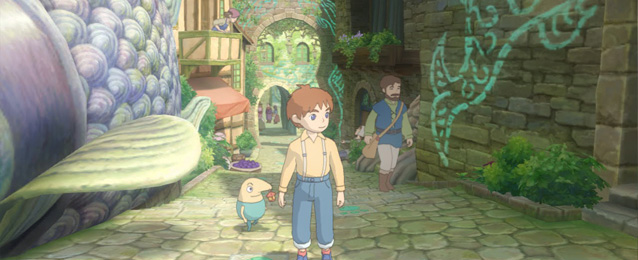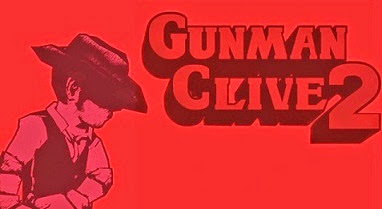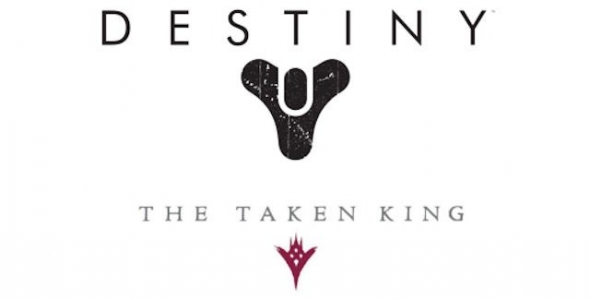

The PS Vita Play 2014 promotion is in full swing, and the first offering is developer Roll7’s skateboarding side-scroller OlliOlli. The Vita exclusive stands as a shining example of learning from the best in a variety of battle-tested game types and using that knowledge to create something that reinvigorates all of them simultaneously, standing as both homage and evolution.
Of course there are a few cracks in the sidewalk that may knock some players off their ride. So read on to find out if OlliOlli’s fast-finger shredding deserves to take up precious memory card space, or if its painful penchant for precision button pressing in the pursuit of perfection puts it in “pass” territory.
On the front of the box of the board game Othello reads a simple slogan: “A minute to learn…a lifetime to master.” This simple design premise lies at the heart of a number of classic games, and it also serves as arguably the best philosophy when creating a mobile/portable game. A mechanical premise that is a breeze to pick up and play, but one that simultaneously masks layers of depth and challenge. OlliOlli is no exception to this idea, as the deceptively simple aesthetic and mechanics are only a smokescreen for some of the most addictive, score-chasing fun ever to grace Sony’s latest handheld console.
The mechanics of OlliOlli are simple. Players must guide the little green-shirted skater from left to right while landing and combining various tricks and grinds in an attempt to string together the most perfect run possible. As hinted at above, this game melds together the feelings of a handful of classic games, and mechanics, that came before it, and in doing so, creates something completely refreshing. The simplest comparison is to imagine the look, feel and intensity of the best modern day endless runners, such as Canabalt, throw in the player creativity, quick play and addicting one-upmanship of the Tony Hawk series, and top it off with the demanding, and at times ultra-difficult, precision of the Skate series. That’s what OlliOlli is all about.
The “easy to learn” part rests in the simplicity of the game’s controls. Tricks are initiated and pulled off with a flick or circling of the left thumbstick, or D-pad, while landing them is done with a simple press of the X button. The shoulder buttons can also be used to add spins to the tricks. A major part of the “a lifetime to master” portion is due to that use of the X button. Hitting X at just the right second before landing will give players a “Perfect” landing and, most importantly, the maximum score for the tricks they have just strung together. Grinds can also be given the Perfect label as well when timed correctly, again maximizing points. But miss that landing by even a fraction of a second, and players can count on receiving only a fraction of the points. Thus, shaving a trick that could have been worth a few hundred thousand points down to just a few thousand.
That’s all it takes. Just that one little twist, combined with the capacity for endless creativity on the part of the player, and OlliOlli easily earns itself a spot at the table with some of the most difficult to put down games of recent memory, portable or otherwise. For all its simplicity, OlliOlli manages to create those feelings of gut-wrenching, sweaty-palmed intensity followed by a wave of either ecstatic triumph or crushing defeat. Whatever the result, the conditioned reaction will always be to go in for just one more try. Runs are brief, and load times are minimal, giving players the opportunity to tear off a handful of attempts in whatever spare time they have. This makes it easy to see why it was originally set to be an iOS title, but the required precision makes it a huge relief that Roll7 didn’t go the touchscreen route.
While skating through each location’s five different lines, players have the opportunity to complete specific tasks. These goals are generally pretty basic fare, get a specific single-trick score, a full-run score, do a certain trick a number of times, or collect some floating markers, but they do add a little more challenge and some concrete things for more direction-oriented players to shoot for. Completing all of the tasks will unlock the Pro version of that location with a new set of goals. While the core score-climbing scheme is more than enough to keep the Vita in players’ hands indefinitely, having the option to break up the tense quest for perfection by completing some very achievable tasks can be a breath of fresh air, and can offer at least a small-scale sense of accomplishment on days when obtaining a higher score is especially elusive. The Daily Grind is another insanely fun feature to keep everyone’s thumbs busy. Here, players have the opportunity to post a high score in a specific location. The catch is that they only get one real chance. Practice is allowed, but once they decide it’s go time, it’s all on the line.
The game can be frustratingly difficult at times, with even higher difficulty levels just waiting to be unlocked, and no moment more so than when the act of just getting to the end of a run seems impossible. It’s at these times when it seems like Roll7 may have felt the need to up the difficulty just for difficulty’s sake, or to show just how hard skating is. OlliOlli is at its best when the terrain itself isn’t the obstacle that needs to be overcome, and the player can focus more on creativity and timing. Unfortunately, more than a couple of the courses seem hell-bent on forcing the rider through design that would be more at home in a precision platformer like Super Meat Boy than a skating game. Of course, some players will find even more appeal in this aspect of the game, but many will find themselves looking for the “accidental damage” clause in their Vita’s warranty after they hurl it at the floor.
Another shortcoming can perhaps be attributed to the Vita as much as the game itself, and that is the accuracy of the thumbstick. There will be times when certain tricks seem impossible because they are simply not being registered by the game. Most tricks are achieved by completing quarter, half and three-quarter circles from different starting points on the thumbstick, and at times it will feel like the game is simply not recognizing the moves. Switching to the D-pad alleviates this issue, but definitely doesn’t feel as smooth. Whether or not this is the game being extremely unforgiving or an issue with the hardware isn’t totally clear, but it can cause significant frustration.
The final gripe with OlliOlli is actually a complimentary one, and that is that it isn’t a Cross-Buy title for the PS3 or PS4. This is easily a title that many would gladly sit in on the couch and sink some quality time into. Fun. Tense. Challenging. Quick. Endlessly replayable. Hard to put down. Is there anything more to ask of a portable experience? The demand for perfection may be off-putting for some, but once this game clicks with the player, it is an absolute blast. Anyone needing a reason to dust off their Vita shouldn’t look any further. OlliOlli has arrived and demands your attention.
_____
OlliOlli is available now as a downloadable title exclusively for the PS Vita.
Follow Aaron on Twitter @fascistPLAGUE.



